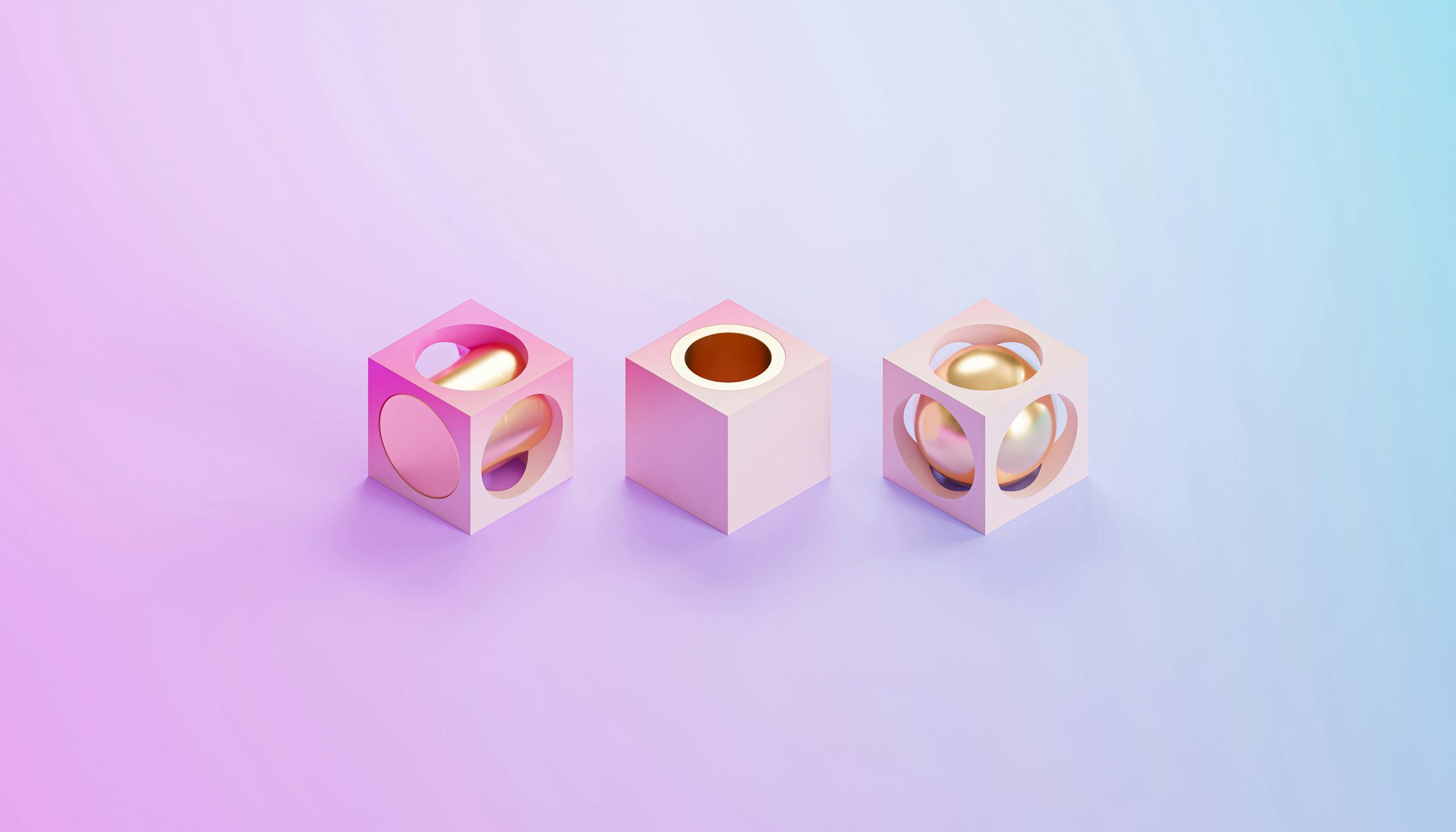Exploring the Development of a 3D Color Picker with Three.js: To Continue or Reconsider?
The quest to develop intuitive and visually appealing color pickers has led many developers to experiment with three-dimensional (3D) interfaces, seeking to enhance user experience beyond traditional 2D tools. Recently, a project was undertaken to create a 3D color picker cube utilizing Three.js, a popular JavaScript library for 3D graphics rendering. This initiative aimed to visualize color selection within a spatial environment where each axis of the cube corresponds to different color parameters—namely, RGB or HSL.
Concept and Implementation
The core idea revolves around constructing a three-dimensional cube where each axis represents a component of the color model. For example, one axis might control the red component, another green, and the third blue, allowing users to manipulate color values through spatial movement within the cube. Alternatively, the axes could represent hue, saturation, and luminance (HSL), offering another dimension of control. The goal is to produce an interactive, tactile experience that could potentially simplify the process of selecting complex colors with precision.
The implementation utilized CodePen as a real-time development environment, leveraging Three.js to render the cube and manage user interactions. The code aimed to interpret user inputs—such as mouse movements or gestures—to adjust the color parameters dynamically, updating visual feedback accordingly.
Challenges and Reflections
Despite the promising concept, the development process revealed some uncertainties. Notably, there were questions about whether the current implementation aligns with the envisioned user experience and whether it offers a practical, intuitive method for color selection. The developer expressed uncertainty about how the color cube should function to be genuinely helpful, acknowledging that the experiment might not yet have reached its full potential.
This uncertainty is common in exploratory projects where innovative interfaces are concerned. Creating effective 3D tools requires careful balancing of visual clarity, usability, and computational efficiency. It also involves considering how users interpret and interact with spatial representations of abstract data like colors.
Next Steps: To Iterate or Abandon?
The project raises a broader question prevalent among developers working at the intersection of graphics, user interaction, and UI design: Is this approach worth refining, or should it be reconsidered altogether? Iteration could involve refining the interaction mechanics, enhancing visual feedback, and conducting user testing to gather insights into usability. Conversely, if the concept proves too complex or unintuitive, it might be more pragmatic to explore alternative designs or revert to established

